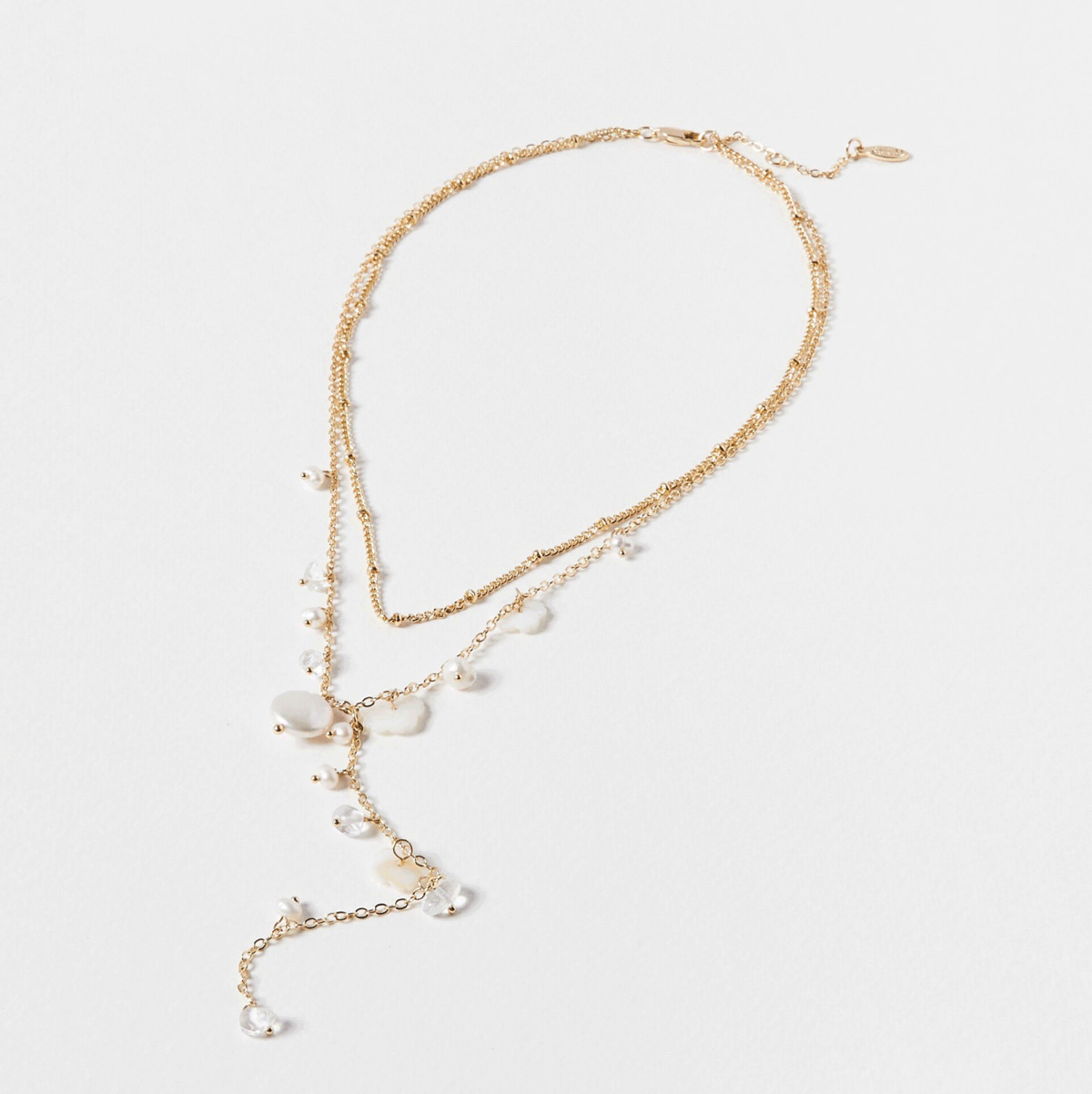The different types of pearls in our jewelry
Freshwater, saltwater, Akoya, Tahitian and South Sea - the types of pearls in the world are endless, but what sets each one apart? And more importantly, which is the best pearl for you? For pearl pupils looking to become masters, we’ve put together this guide to walk you through the different types of pearls, where they come from, and the unique characteristics of each one.
What is a pearl and where do they come from?
Cultured pearls, on the other hand, are formed due to human intervention. Farmers raise the mollusk and insert the irritant into the oyster or mussel by hand, not only making the process much quicker, but making a pearl far more likely to form. Cultured pearls, on the other hand, are formed due to human intervention. Farmers raise the mollusk and insert the irritant into the oyster or mussel by hand, not only making the process much quicker, but making a pearl far more likely to form.
What is a freshwater pearl?
As the name suggests, freshwater pearls come from mussels that live in bodies of freshwater, usually lakes and rivers in China. Its sister style, saltwater pearls, are created by oysters that come from oceans in places such as Thailand, Tahiti and Australia. As the most common type of pearl used in jewellery, you can find freshwater pearls in a variety of shapes and colours across our range of pearl earrings.
What is a baroque pearl?
‘Keshi pearls’ are a type of baroque pearl. These gems are free-forming as they often break away from the irritant that they are growing around and create their own unique and interesting shapes.

